Dell XPS 13 review
This MacBook Air rival comes with a bigger screen and slimmer body. So what’s the catch?
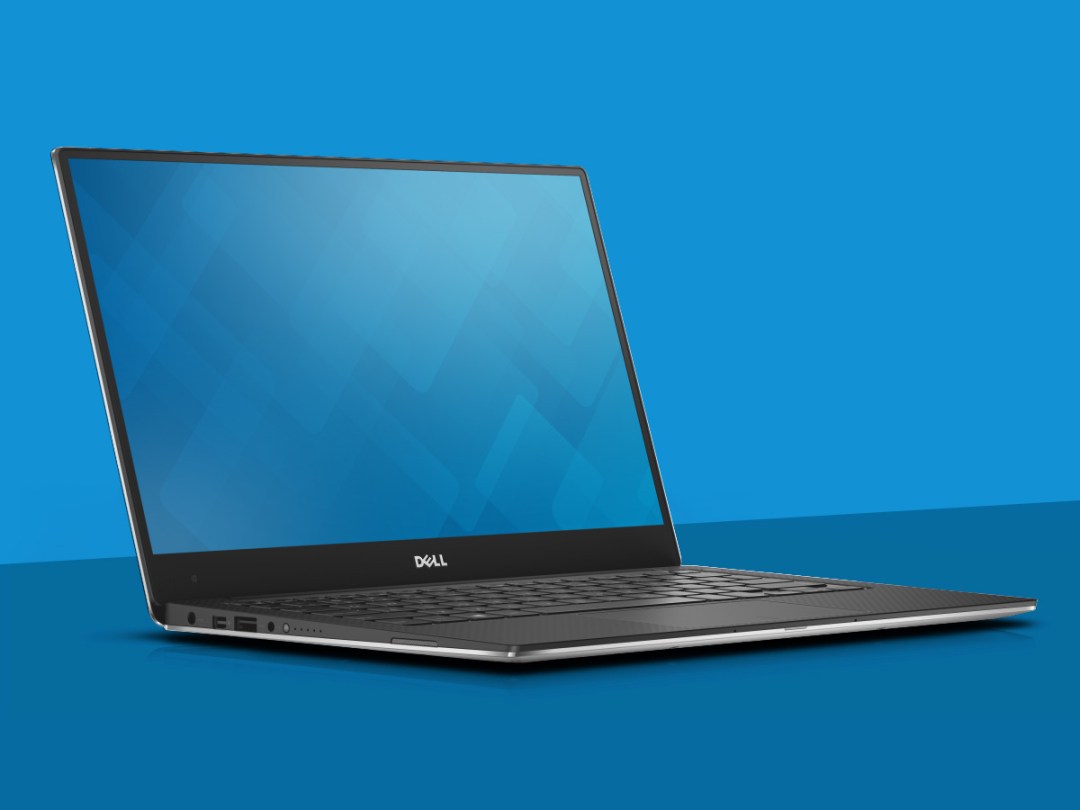
Ultrabooks are generally the style-obsessed posers of the PC world. They spend a lot of time worrying about their weight, their slimline bodies and how shinily their metallic finishes are gleaming. As any therapist will tell you, it’s what’s on the inside that really counts.
That’s why the Dell XPS 13 is a more elegant, less fussy kind of Ultrabook. It’s a great-looking laptop that hasn’t gone cheap on its all-aluminum finish, but the focus here is on portability and practicality. Dell has squeezed a 13-inch display into what’s effectively an 11-inch chassis.
The XPS 13 sounds like an ideal marriage of form and function, but is it actually any cop to use? We got our grubby mitts on it to find out.
More screen, less laptop

The XPS 13 is roughly the same size as the the 11-inch MacBook Air, give or take a few millimeters here and there. It takes up only 304mm x 200mm of space in your bag and is between 9 and 15mm thick. Despite this, it has the same-size 13.3-inch screen as the larger 13-inch MacBook Air.
Dell’s claims that the screen is virtually borderless are pushing it a little, but there are smartphones with thicker frames than the XPS 13 has around its display. At just 1.27g it’s lighter than the 13.3-inch MacBook Air as well – not an easy feat. Looking for a laptop you can cart around all day without really noticing it? Well, this one fits the bill.
It’s nicely put together too, with an elegant wedge profile, rubberised bars on the bottom of the base to hold it steady and a very solid hinge. Despite the tiny frame there’s only a little flex when you try to twist the screen, and the plastics in the interior don’t let the side down either. The XPS 13 isn’t the flashiest Ultrabook, but it’s built to last.
Typing is almost a pleasure
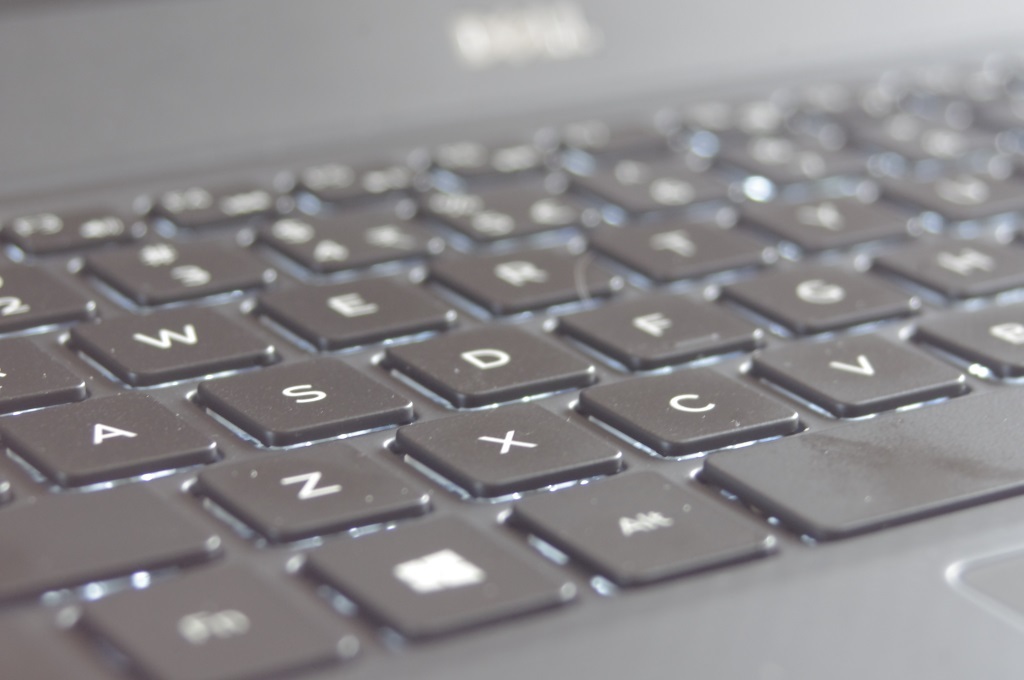
Better still, the XPS 13 is great to use. The wrist-rests and keyboard surround have a soft-touch, rubberised finish, encouraging you to camp your mitts in a good typing position and click-clack away. And while there’s less width to work with than on some 13.3-inch models, neither the keys nor the layout feels cramped.
The keys themselves have a nice, crisp feel, and the overall result is a laptop that makes typing as pleasurable an experience as possible. With backlit keys, you’ll also have no trouble pounding out some witty X Factor commentary to your 100 Twitter followers on a Saturday night.
Dell hasn’t shrunken down the XPS 13’s touchpad either. It’s wide, smooth and very receptive to all those handy multi-touch shortcuts.
More Sensible than Sexy
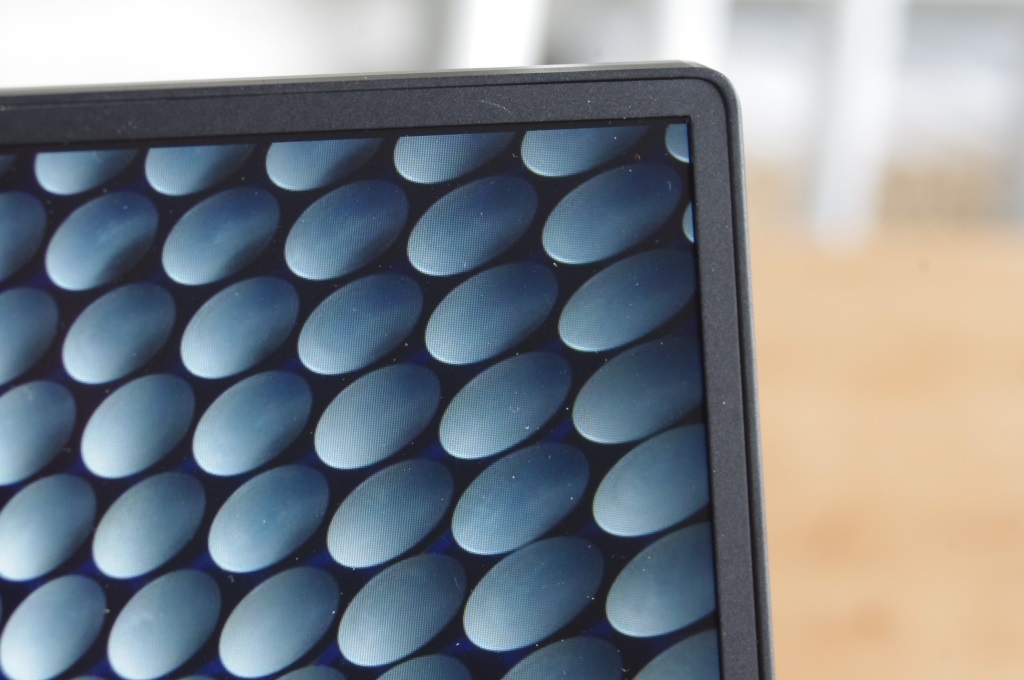
In the UK, Dell sells the XPS 13 with what it calls an InfinityEdge display with a massive 3200 x 1800 resolution. When our review model arrived it featuring the more bog-standard 1920 x 1080 resolution screen from US models, we had a little ‘socks for Christmas’ moment.
In fact, though, this is no disaster. For one thing, Windows 10 is notoriously rubbish at handling ultra-high resolution screens. For another, this particular full HD screen isn’t bad at all. The IPS panel doesn’t go ludicrously bright – you still can’t see it in bright sunlight – but the matt-surface screen helps cut down on reflections, colours are vibrant and blacks look deep and dark.
The UK’s XPS 13 should offer a lot more punch and pop with its colours, but movies and games look great on the model we tested and it’s easy on the eye when you’re browsing the web or checking email.
Sound could be better. It’s hard to break the laws of physics and produce great sound from a tiny chassis, but the XPS 13 doesn’t even try to bend them. Music and movies kick through with a harsh, tinny twang, creating the kind of existential misery you’d normally associate with a hen party doing karaoke through the entire Frozen soundtrack. Who needs that?
Check this out › Apple MacBook
A pint-sized powerhouse
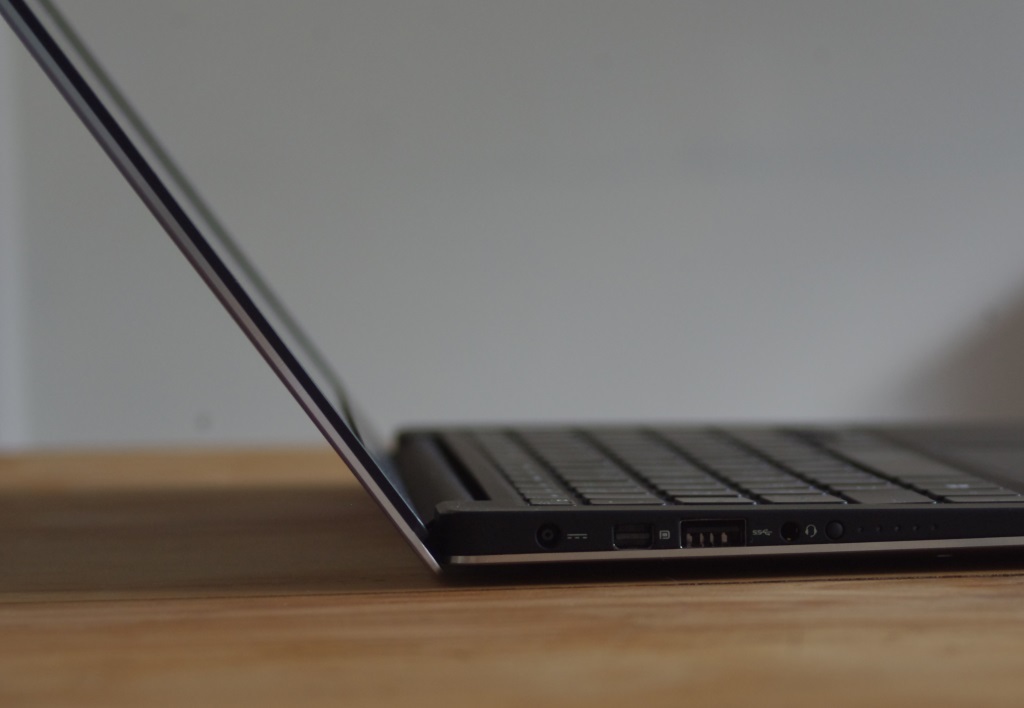
While in the UK Dell will sell you an XPS 13 with one of Intel’s mighty 5th-generation Core i7 processors, our model came with a rather more mainstream Core i5-5200U, one of Intel’s energy-efficient dual-core efforts running at between 2.1 and 2.5GHz. This isn’t the kind of processor you might want if you’re editing 4K video or rendering your home-made Pixar knock-offs, but if that’s your bag then an Ultrabook is not for you.
With 8GB of RAM Windows 10 runs smoothly and apps punch in and out with a snap. You can multitask and open endless Browser tabs with impunity, and the Geekbench 3 scores of 2704 for single-core and 5024 for multi-core is exactly what we’d expect. There’s enough power here to tackle anything you’d realistically expect to get done on an Ultrabook.
Got game?
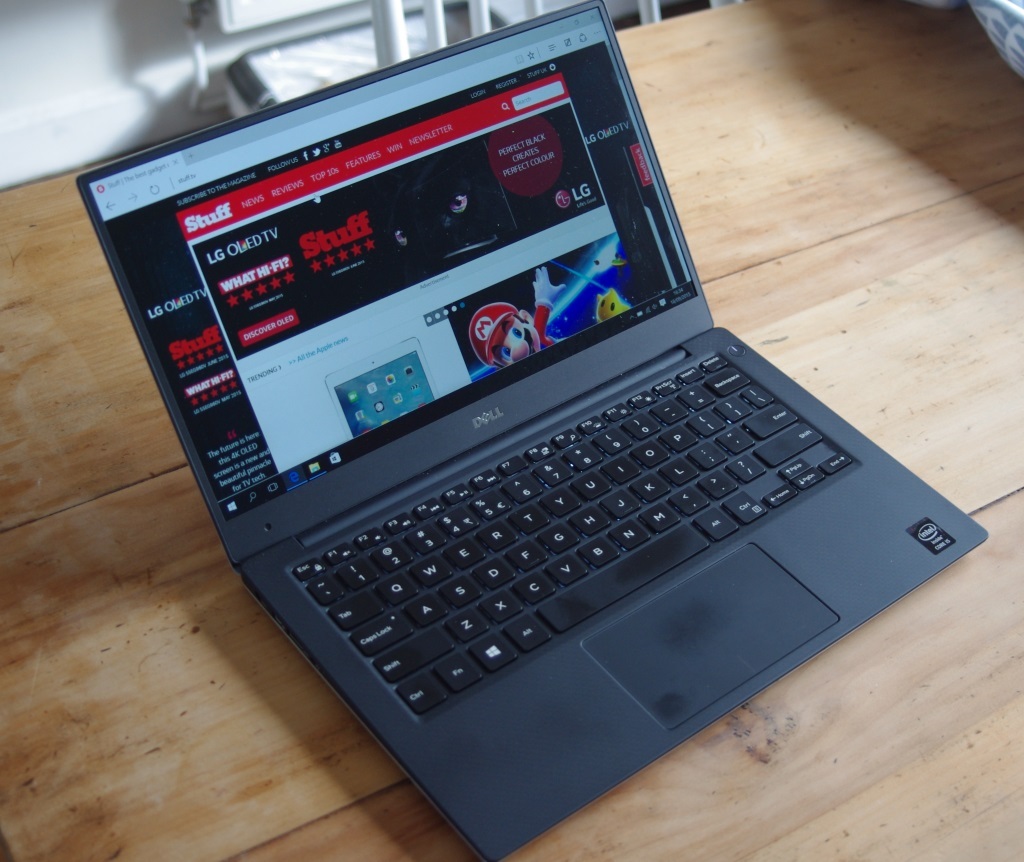
Well, almost. If you fancy anything more than a little light gaming, you’re out of luck. You can get older games, like the eight-year-old Crysis Warhead, to run at medium detail levels with the resolution knocked down to 720p, but anything more recent will jerk and stutter like a fortysomething Dad at the disco showing off his robot moves.
Merely running Crysis Warhead at the native 1080p resolution was enough to get this normally silent laptops fans all a-whirring and throw the frame-rate into collapse.
Championship Manager? Fine. A little Diablo III? Maybe. Call of Duty: Advanced Warfare or Metal Gear Solid V? Forget it. Reliant on the Core i5’s built-in Intel HD graphics, the XPS 13 isn’t up to that kind of stuff.
Review › MacBook Pro 13in (2015)
Enough life to lounge
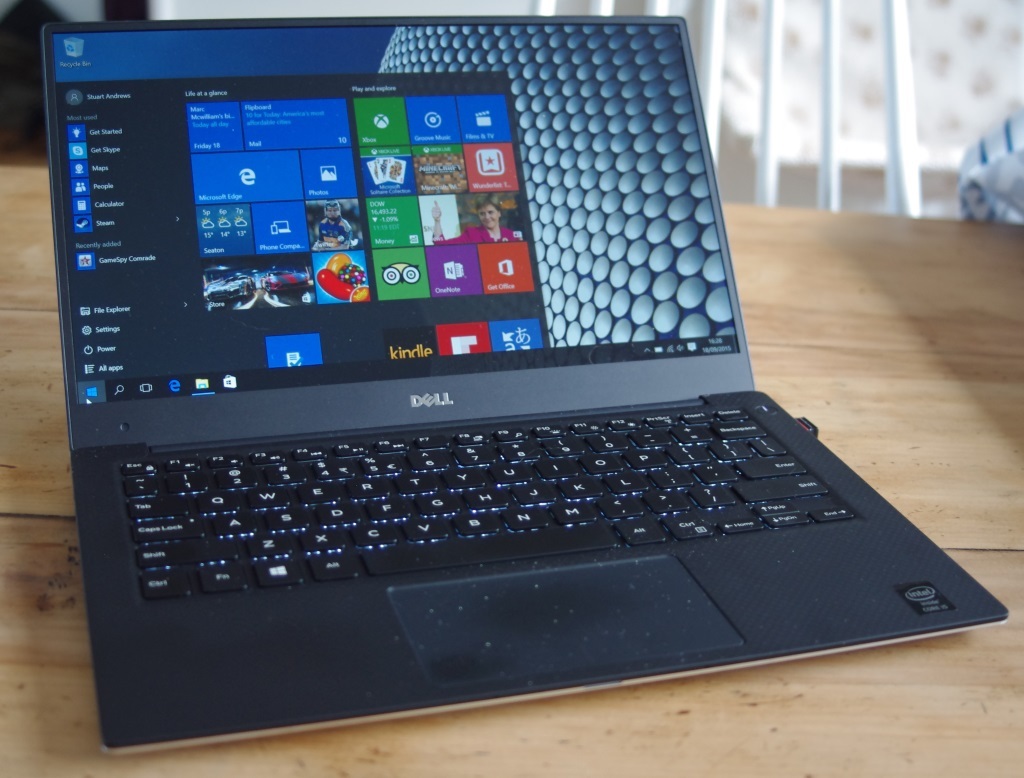
What this laptop does have on its side is stamina. You can easily crank over eight hours of light use out of the XPS 13, including email, web browsing, Microsoft Office and photo-editing. We left it playing HD video and synchronising email overnight, and it was still up and running seven hours and forty minutes later. In short, it’ll easily get you through a working day – or a lounging around on the sofa day, if it comes to that.
Weird Webcams
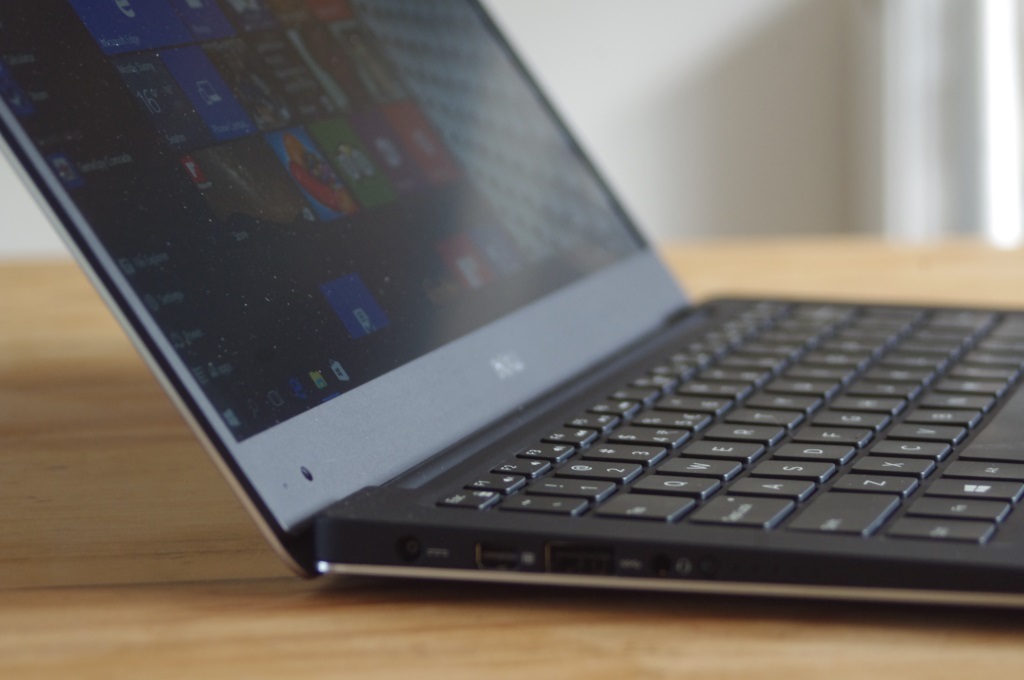
The SSDs Ultrabooks tend to use help out with battery life, quiet running and nippy performance, but they’re not so good when it comes to capacity. Luckily, our model shipped with a reasonably large 256GB SSD and has an SD memory card slot and two USB 3 ports – one on either side – for hooking up to a fast external hard disk.
That should cover you for all your media files and photos. Beyond this connections are limited to a headphone socket and a Mini DisplayPort video output. It’s a pretty basic selection, but all that most users are likely to need.
Perhaps the worst – and weirdest – thing about the XPS 13 is the position of the webcam. With no space above the screen it’s been shifted to the left-hand corner below it, giving Skype video callers a lovely view of a massive-looking left-hand, your wobbly chin and, if the lighting’s right, the interior of your nose. We’re thinking that someone didn’t really check this out beforehand.
Dell XPS 13 Verdict
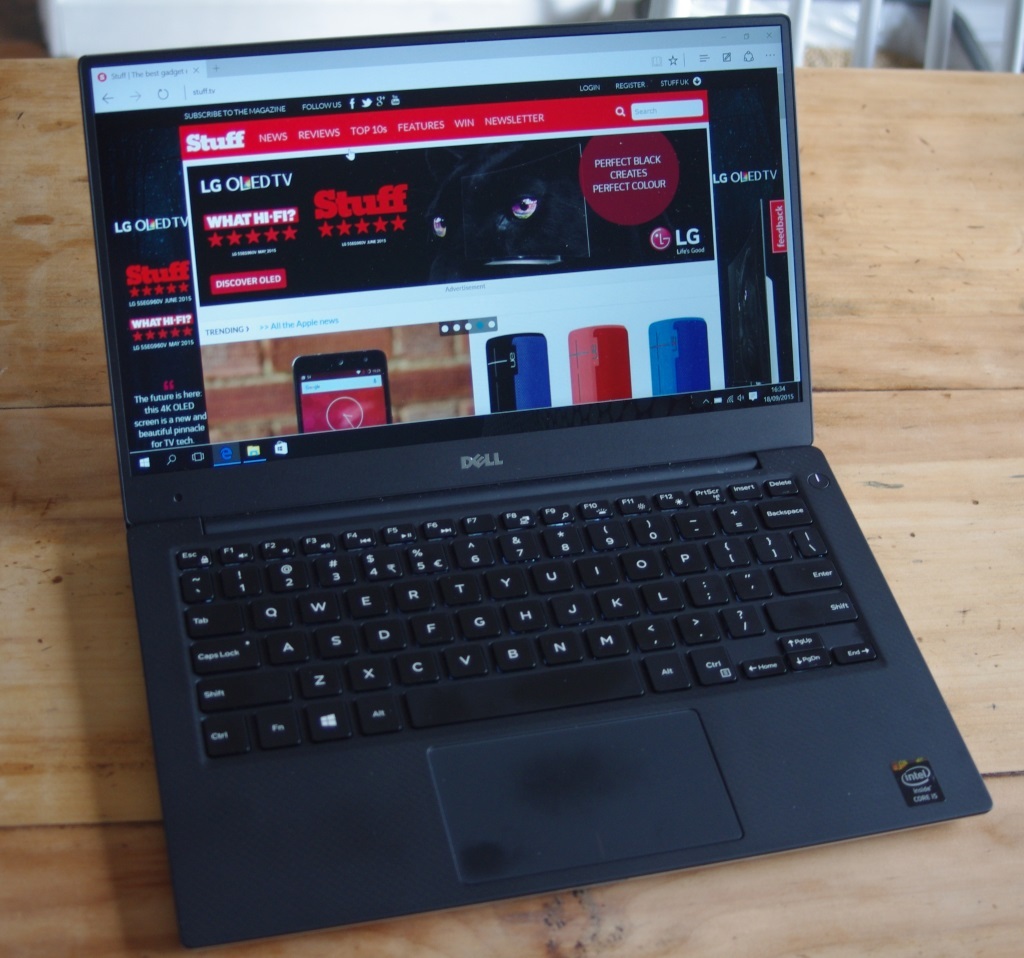
In many ways this XPS 13 is a cracking little laptop, packing maximum screen into minimum size without compromising usability. It’s no powerhouse and certainly no games machine, but it’s speedy enough for everyday use and has plenty of stamina. It has a good screen, ample connectivity and stylish looks. It’s smaller, thinner and lighter than the average 13-incher too.
All the same, it’s up against stiff competition from the Asus Zenbook UX305. The £650 Asus is a little slower, larger and heavier, but it’s also a whole lot cheaper than the XPS 13’s £1,199 asking price while still being brilliant – even the entry-level 13in MacBook Air costs £849. If size, weight and a backlit keyboard weren’t all-important, that would swing things Asus’s way for us.
If you’re happy to pay a premium for a 13-inch laptop in an 11-inch chassis, though, then the XPS 13 is a great way to go.
Read more › Top 10 laptops
Tech specs
| Operating system | Windows 10 64-bit |
| Screen | 13.3in IPS LCD with 1920 x 1080 resolution |
| CPU | Intel Core i5 5200U 2.1GHz |
| GPU | Intel HD5500 |
| RAM | 8GB |
| SSD | 256GB |
| Optical drive | None |
| Connectivity | WiFi 802.11ac, 2xUSB3, 3.5mm, Mini DisplayPort |
| Dimensions | 304 x 200 x 15mm |
| Weight | 1.27Kg |
Stuff Says…
A nippy, highly usable ultrabook that packs mucho screen into not much space.
Good Stuff
Thin and light for a 13 incher
Good full HD screen
Solid everyday performance
Nice backlit keyboard
Decent battery life
Bad Stuff
Harsh sound
Oddly placed camera



